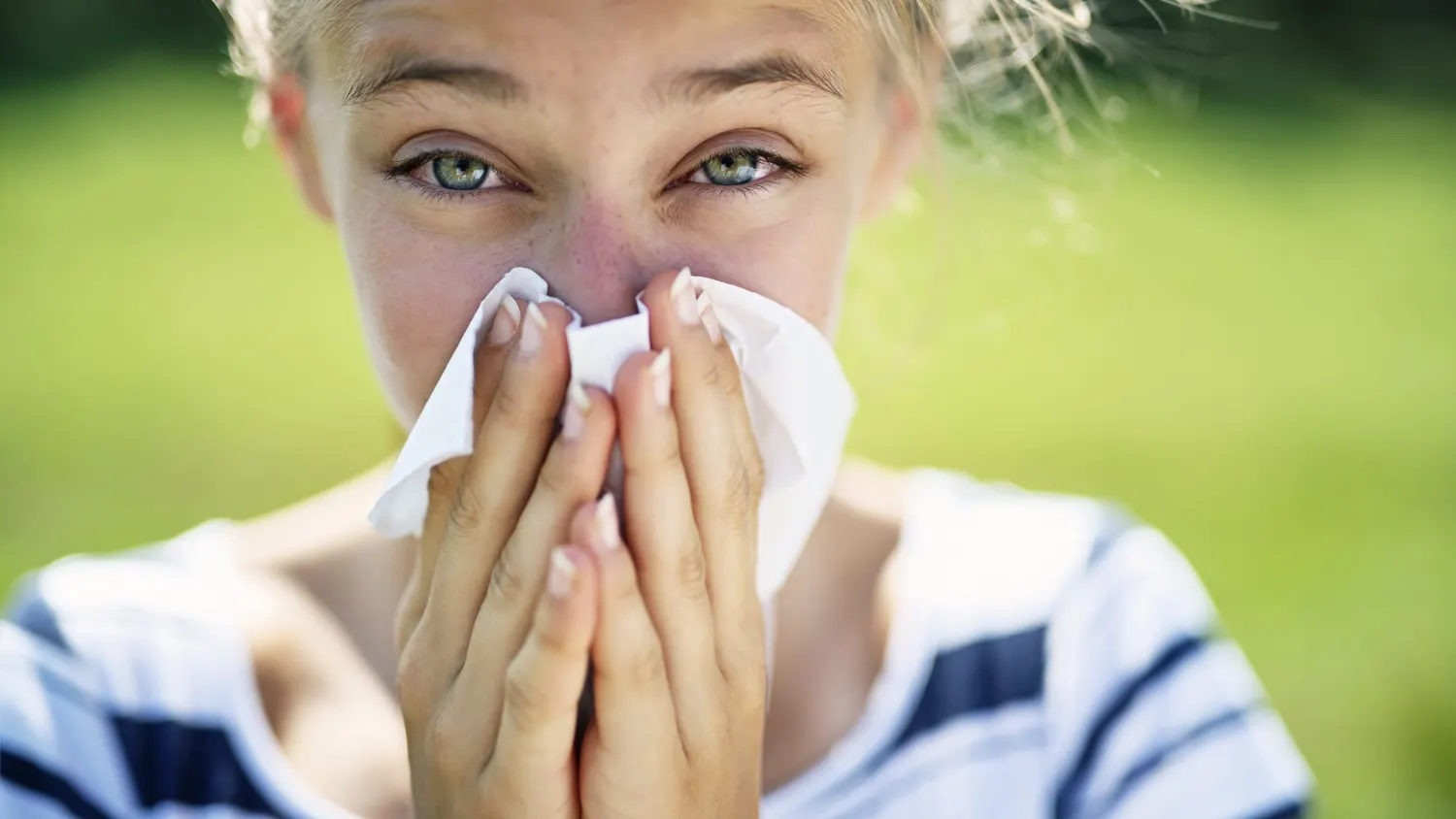
Breast cancer is now the most common cancer globally among women. A growing body of research, led by scientists such as Dr. Philippa Darbre, has identified a disturbing link between aluminum compounds found in antiperspirants and the development of breast cancer, especially in the upper outer quadrant of the breast—the area nearest to the underarm.
Aluminum salts, such as aluminum chlorohydrate and aluminum zirconium compounds, are the active ingredients in most antiperspirants. Their function is to block sweat ducts. However, these compounds:
Are absorbed transdermally (through the skin)
Penetrate more easily when the skin is damaged by shaving
Are lipophilic, allowing them to accumulate in fatty breast tissue
Studies have confirmed that aluminum can accumulate in human breast tissue and lymph nodes, particularly near the underarm region¹.
Breast cancer is often estrogen-dependent, meaning that its development and growth are driven by estrogen signaling. Alarmingly, aluminum has been shown to mimic estrogen in the body.
According to research by Dr. Darbre, aluminum:
Acts as a metalloestrogen, binding to estrogen receptors on breast cells
Stimulates estrogen-responsive gene expression
Enhances proliferation of breast cancer cells in vitro²
This means that aluminum exposure in the breast microenvironment can drive cell division, increase DNA replication errors, and support tumor formation and progression—especially in hormone-sensitive individuals.
Beyond hormonal effects, aluminum is genotoxic—it can directly damage DNA.
Multiple studies have shown that aluminum exposure:
Induces double-strand DNA breaks and chromosomal aberrations in breast epithelial cells
Disrupts normal DNA repair mechanisms
Promotes oxidative stress and lipid peroxidation, leading to cellular mutation³
Dr. Darbre’s lab demonstrated that chronic aluminum exposure caused anchorage-independent growth of breast cells, a hallmark of malignancy. This means aluminum doesn’t just encourage the growth of cancer—it can initiate it⁴.
Aluminum accumulates in epithelial tissue, where it can:
Trigger chronic low-grade inflammation
Alter the cellular microenvironment
Disrupt tight junctions and epithelial integrity
This creates conditions that promote tumor invasion, immune evasion, and angiogenesis—all steps involved in cancer progression⁵.
Remarkably, up to 60% of breast tumors occur in the upper outer quadrant, closest to the underarm. This observation, first made in the 1980s, puzzled oncologists—until it was linked to:
Increased use of underarm antiperspirants
Shaving before application, increasing skin absorption
Local accumulation of aluminum in nearby breast tissues and lymphatics
This spatial pattern supports the findings that external aluminum exposure can contributes to localized breast carcinogenesis⁶.
Through estrogenic activity, DNA damage, oxidative stress, and disruption of breast cell architecture, aluminum can initiate and accelerate breast cancer development.
Women deserve to know that one of the most common hygiene practices—daily use of aluminum-based antiperspirants—could be increasing their risk of breast cancer.
The good news is that aluminum can be safely detoxified from the body—including from tissues like the breast. A new generation of advanced aluminum detox formula is now available, using:
Orthosilicic acid or silica to bind and remove aluminum through the kidneys
Natural antioxidants to reduce oxidative damage and restore tissue balance
Lymphatic detox strategies to cleanse local tissues
All women should consider aluminum detox, particularly:
Those with a history of high antiperspirant use
Those with family history of breast cancer
And especially those who have been diagnosed with breast cancer, as reducing aluminum burden can support recovery and limit recurrence
Aluminum Detox empowers women to take control of their health and support their body’s natural healing processes.
Learn about diseases and disorders linked to aluminum exposure, such as Autism, Alzheimer's, Autoimmune disorders, Allergies, Breast Cancer, Chronic Fatigue.
Discover how to detoxify your brain and body from aluminum using the advanced Aluminum Detox Formula — because everyone deserves optimal health and a high quality of life.
Learn how aluminum enters the body and brain through various pathways, including vaccines, food, water, medications, skin contact, and inhaled particles.
Exley, C., & Gherardi, R. K. (2014). A role for aluminum in breast cancer? Medical Hypotheses, 81(1), 1–4.
Darbre, P. D., & Charles, A. K. (2010). Estrogenic activity of aluminum in human breast cancer cells. Journal of Applied Toxicology, 30(3), 261–268.
Mandriota, S. J., et al. (2016). Aluminum promotes anchorage-independent growth in human mammary epithelial cells. International Journal of Cancer, 139(12), 2781–2790.
Darbre, P. D. (2009). Underarm antiperspirants/deodorants and breast cancer. Breast Cancer Research, 11(Suppl 3), S5.
Darbre, P. D., et al. (2013). Long-term exposure to aluminum chloride in human mammary epithelial cells causes increased migration, invasion, and DNA damage. Journal of Inorganic Biochemistry, 128, 245–248.
McGrath, K. G. (2003). An earlier age of breast cancer diagnosis related to more frequent use of antiperspirants/deodorants and underarm shaving. European Journal of Cancer Prevention, 12(6), 479–485.





